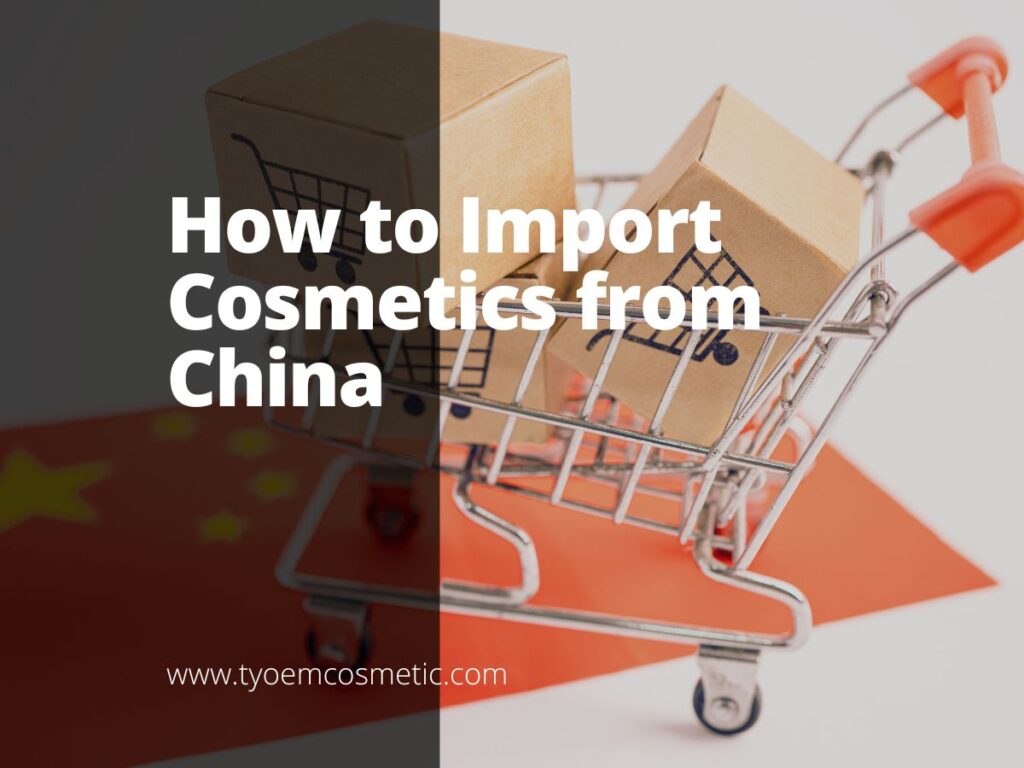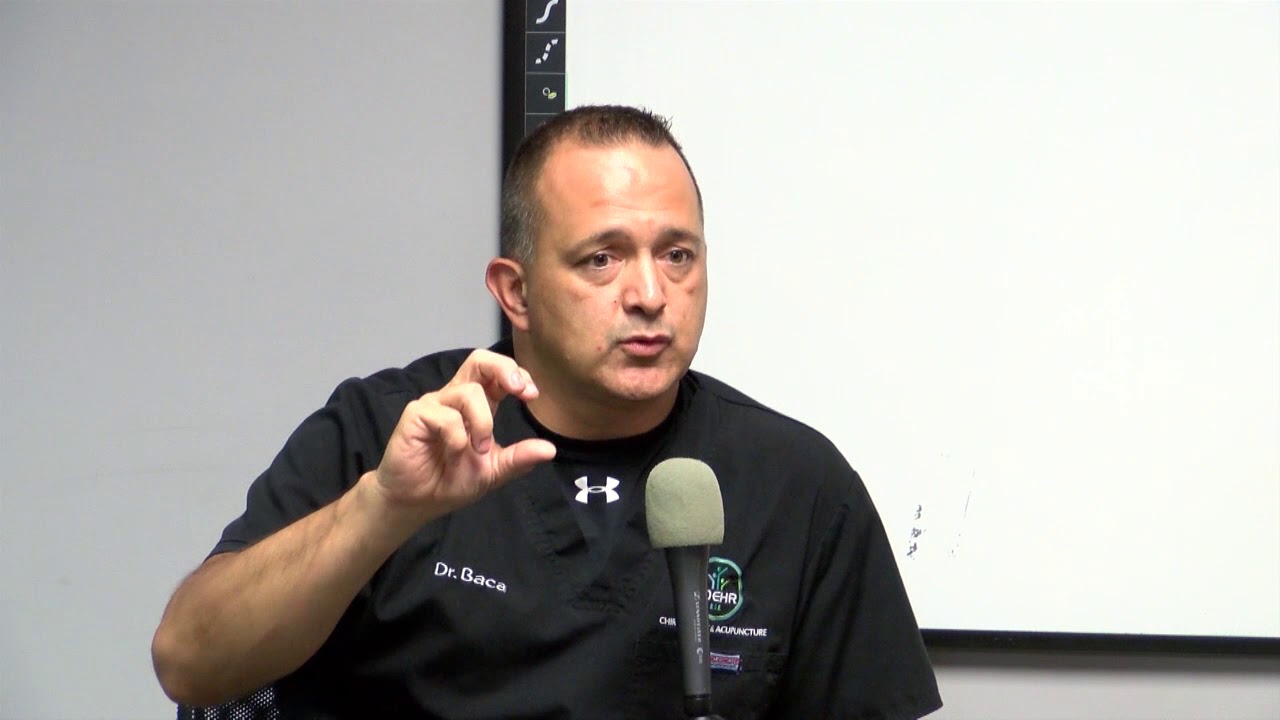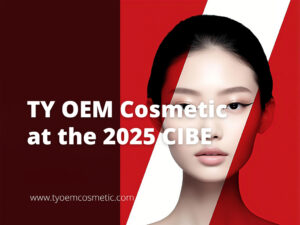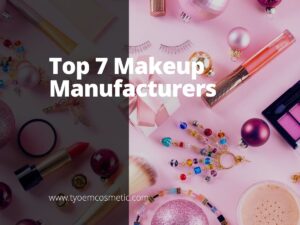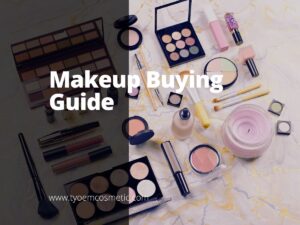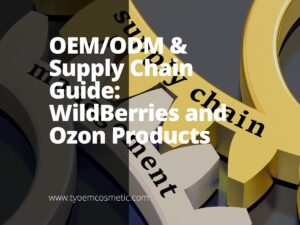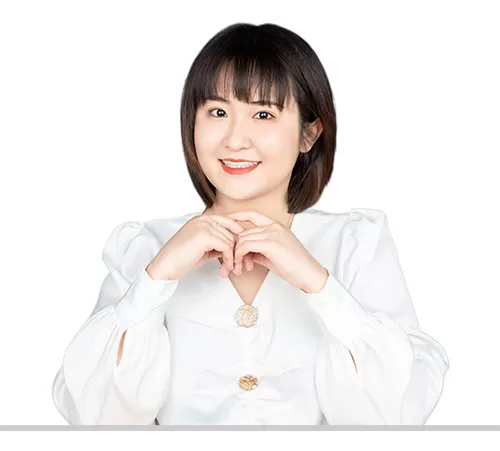If this is your first time thinking about how to import cosmetics from China, you might be feeling overwhelmed.
What steps do you take? Who do you trust? What could go wrong?
You’re not alone. I remember feeling the same way when I helped with a project to bring in skincare from Guangdong. We had a good product but almost lost the whole batch because of missing safety documents and customs delays.
That experience taught me that it’s never just about the product. It’s about what happens behind the scenes testing reports, registration rules, proper documentation, and making sure you meet the import laws of your destination country.
This article will guide you through every step. Whether you’re starting a new brand or sourcing for resale, you’ll get a clear path to follow from factory to final delivery.
So let’s start!
1. Understand Local Regulations First
Before you reach out to a supplier, take time to understand your country’s cosmetic laws. You can’t legally import or sell products unless they meet local safety, labeling, and ingredient rules. Every country handles this differently, and missing just one requirement can lead to blocked shipments or wasted inventory..
To avoid these kinds of problems, here are some important steps you should take before starting your import:
What You Need to Research
- Registration and Pre-Approval Rules: For example, the United States requires cosmetic facilities to register with the FDA. In the EU, you must submit product data to the CPNP (Cosmetic Products Notification Portal). Countries in Southeast Asia follow the ASEAN Cosmetic Directive, which also has its own system of approval.
- Restricted and Banned Ingredients: Some ingredients allowed in China may be banned in your country. Always check what can and cannot be used, especially for products like whitening creams, anti-acne gels, or items with fragrance.
- Labeling Format Requirements: Most countries ask you to follow INCI (International Nomenclature of Cosmetic Ingredients) names. You’ll also need to show warnings, usage instructions, shelf life, batch number, and country of origin.
- Claims Restrictions: In some places, terms like “anti-aging,” “brightening,” or “medical” claims are heavily regulated. You might need scientific proof or legal approval to use them on your packaging.
- Required Tests: Depending on your market, you might need a CPSR (Cosmetic Product Safety Report), a Challenge Test (for product stability and microbial resistance), and Heavy Metal Testing (to make sure toxic substances aren’t present). These tests protect both your customers and your brand.
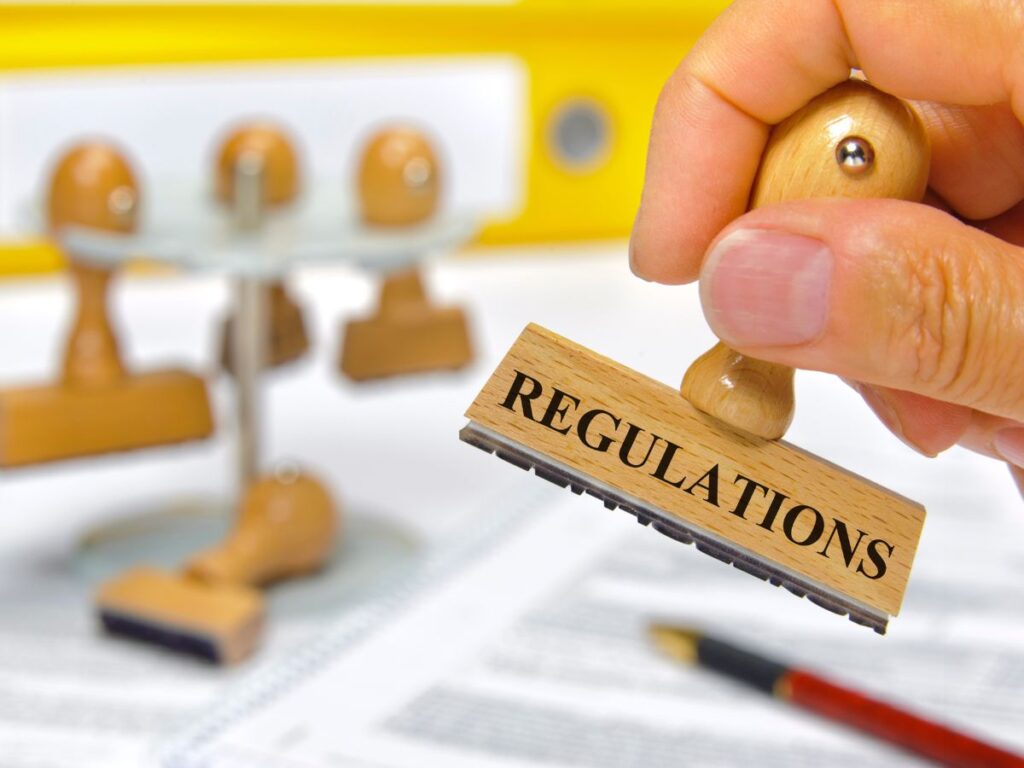
2. Find a Trusted Cosmetic Manufacturer in China
After understanding your country’s cosmetic regulations, the next step is choosing a reliable manufacturer who can meet those standards. A good supplier impacts your product quality, legal paperwork, and how customers see your brand. This part takes research and patience, but it will save you from costly mistakes later.
Here’s where to start and what to look for:
Where to Search for Suppliers
- Alibaba: Use the “Verified” and “Gold Supplier” filters to narrow your options. Avoid new listings with limited transaction history.
- Made-in-China.com: Another B2B platform with strong export-focused suppliers.
- Cosmoprof Exhibitor Lists: Many trusted factories attend this global cosmetics trade show.
- Industry referrals: Ask consultants, buyers, or sourcing agents for manufacturers they’ve worked with before.
What to Verify Before You Order
- GMP, ISO22716, or Fda-Compliant Certificates: These prove the facility meets hygiene and production safety standards.
- Product Specialization: Choose a manufacturer experienced in your category, whether it’s foundation, lipsticks, or skincare.
- Export Experience: Ask if they’ve shipped to your country and request samples of previous documentation.
- Factory Scale and MOQ: Make sure their production size and minimum order quantity match your business stage.
- Export License and Document Handling: They should be able to provide MSDS, COA, and testing reports when needed.
Shortlist 3 to 5 potential suppliers. Arrange video interviews to see the facility and discuss your needs face to face. Request catalogs, recent test reports, and photos of past shipments. This early work builds trust and prevents mistakes later. TY Cosmetic provides full documentation support, which can make the process easier for new importers.

3. Choose Between Private Label and Custom Formulation
After finding the right factory, you’ll need to decide how your product will be made. This step affects your launch timeline, budget, and how much control you have over the final formula.
Some brands need a quick turnaround with minimal investment. Others want a completely original formula built from scratch. Use the table below to compare both options clearly.
| Feature | Private Label (White Label) | Custom Formulation (ODM: Original Design Manufacturing) |
| Formula Type | Factory-made, pre-tested formulas already available | Developed from scratch based on your concept or requested ingredients |
| Development Timeline | 2 to 6 weeks (depending on packaging and design) | 3 to 6 months (includes R&D, stability testing, revisions) |
| Control Over Ingredients | Limited: you use what the factory already offers | Full control: you guide the formula, texture, scent, and active ingredients |
| Brand Customization | Logo, label, packaging, and marketing style | Full product identity, including formula, packaging, and positioning |
| MOQ (Minimum Order Quantity) | Often low (as little as 100 to 500 units) | Higher (typically 3,000 to 10,000 units, depending on formula complexity) |
| Testing Requirements | Usually already completed by the factory | Must be arranged or requested for new formulas (e.g. challenge test, stability) |
| Formula Exclusivity | Not exclusive: same product may be sold to others | Often available: some factories offer exclusive rights or contracts |
| Best For | Startups, salons, spas, e-commerce brands testing new products | Established brands, niche products, or companies seeking long-term identity |
| Cost Per Unit | Lower: no R&D cost, shared formula | Higher: includes development fees, sample testing, and unique packaging |
Your choice depends on your budget, timeline, and how original your brand needs to be. Both paths can work well if you’re clear on your goals from the start.
TY Cosmetic offers both private label and custom formulation services, making it easier for brands to grow from simple concepts into full product lines without switching suppliers.
4. Request Samples and Conduct Product Testing
Before you commit to production, it’s important to test the actual products yourself. Samples help confirm what you’ll really receive not just what looks good in a catalog or lab report.
Here are some things to check when testing your samples:
- Color Payoff and Texture: Check how the product shows up on different skin tones. A lipstick may look bold in the tube but apply sheer or uneven. Texture matters too smooth, sticky, powdery, or oily all impact how it feels during use.
- Scent and Application: Some products have fragrances that can be too strong or chemical-like. Watch how easily they apply and whether the tool or brush quality holds up.
- Packaging Quality: Inspect the tube, palette, mirror, or any included accessories. Look for cracks, loose parts, or rough edges.
- Performance Over Time: Run wear tests for longevity, smudging, fading, and oxidation. Check for changes after a few hours of wear.
- Skin Reactions and Shelf-Life: Try samples of different skin types and observe how they react under heat, cold, or humidity. This helps predict real-world durability.
Testing might slow your launch slightly, but skipping it can lead to bigger problems later. It’s one of the easiest ways to protect your brand before it even reaches the market.
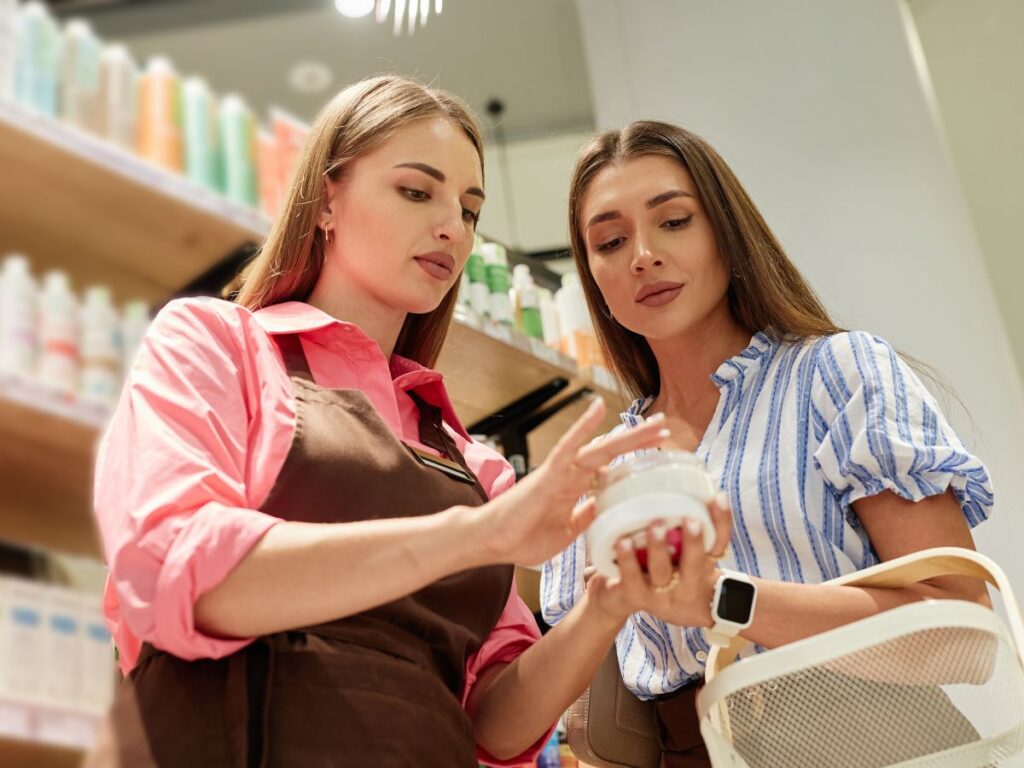
5. Verify All Regulatory and Safety Documentation
Once your samples meet your expectations, it’s time to check the documents that prove your products are legally compliant and safe. Whether you’re importing lipsticks, cleansers, or eye creams, the paperwork must match the regulations in your target market.
Here are the key documents you should request and review before placing your final order:
- COA (Certificate of Analysis): Confirms basic product characteristics like pH level, ingredient concentration, and overall quality.
- MSDS (Material Safety Data Sheet): Lists safety handling guidelines, potential hazards, and emergency actions for each formula.
- PIF (Product Information File): Required in the EU. Contains formulation data, toxicology reports, and safety assessments.
- INCI Ingredient List: A full list of ingredients using standardized International Nomenclature of Cosmetic Ingredients.
- Testing Reports: Ask for microbial testing, heavy metal screening, and stability tests to verify product safety.
- GMP Certification: Shows that the factory follows Good Manufacturing Practices for cleanliness, documentation, and traceability.
Request all documents early and double-check them before confirming your bulk order. If you’re unsure about anything, consult a regulatory expert. Keep digital copies stored by product and batch number. You’ll need these files for customs clearance, retailer applications, or future audits. Having them ready gives you peace of mind and avoids costly surprises.
6. Decide on Packaging and Branding Details
Once you’ve verified all your regulatory and safety documents, it’s time to shift your focus to how your product will be seen and sold. A great product can be ignored if the packaging feels cheap or looks unclear. Good packaging builds trust, attracts attention online, and makes your brand easier to remember.
Below is what you need to consider when planning your packaging and labels:
Packaging Choices
- Component Types: Choose the right format for your product category. Options include compact cases for pressed powders, palettes for eyeshadow or blush, droppers for serums, airless pumps for creams, cushion cases for foundations, and sticks for balms or highlighters.
- Printing Methods: Factories offer options such as hot stamping (for metallic effects), screen printing (for sharp logos), UV coating (for glossy finishes), and foil stamping (for a luxury feel).
- Outer Packaging: Consider branded boxes, insert cards for usage tips, and retail-ready features like barcodes and tamper seals.
Label Content to Include
- Basic Info: Product name, shade or variant, and net weight must be clearly listed.
- Ingredients: Use INCI format, which is required by most import regulations.
- Expiration or Shelf-Life: Some countries require a manufacturing date or use-by period.
- Manufacturer Details: Your label may need to include the factory name or importer name, depending on local rules.
- Warnings: Include caution statements for products containing strong actives or allergens.
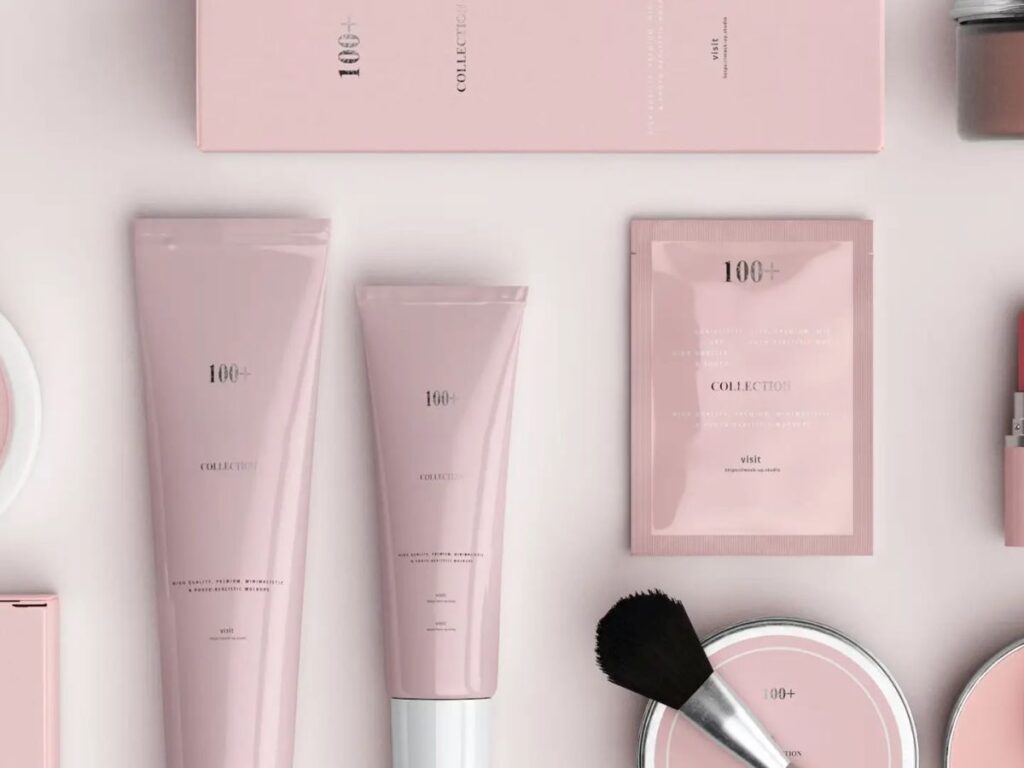
7. Finalize Pricing, MOQ, and Payment Terms
Once your product details are set, it’s time to confirm the financial side of your order. This step matters more than many new importers realize. Getting clear answers upfront helps you avoid surprises and protect your budget.
Here’s what to go over carefully before signing a contract or placing a deposit:
Unit Price Breakdown
Ask your supplier for a full breakdown of the product cost. This should include the formula, packaging materials, labeling, and labor involved in assembly. Some factories will quote a low price per unit but charge extra later for printing or packaging touches like shrink wrapping. Having the full picture helps you plan for your actual cost per piece not just what’s written in the catalog.
MOQ (Minimum Order Quantity)
Clarify how their MOQ works: is it per product, per shade, or by total order quantity? For example, a supplier might say 1,000 units per order, but then require 200 units per color variant. This can affect how many shades or SKUs you’re able to launch within your budget. Being clear on the MOQ helps you avoid unexpected limits when it’s time to place the order.
Production Timelines
Ask how long it takes to produce samples versus full production. Samples are often ready within two weeks, but bulk production may take 30 to 60 days depending on the season and order size. Delays are common during holidays or factory backlogs, so it’s smart to build in buffer time. Understanding the timeline helps you set realistic launch dates and marketing plans.
Payment Terms
Most cosmetic manufacturers ask for a partial deposit to start production, with the balance due before shipment. A common structure is 30 percent upfront and 70 percent once the goods are ready. Some factories may offer better terms after multiple orders, but don’t count on that during your first deal. Always confirm payment methods and double-check currency exchange if you’re wiring money from overseas.
8. Understand Shipping, Incoterms, and Customs
Getting your products made is only half the job getting them delivered safely and legally is just as important. Choosing the wrong shipping method or misunderstanding customs rules can lead to delays, damaged goods, or surprise taxes. If you’re not prepared, small mistakes can become expensive problems during transit.
Shipping Methods
- Express Shipping through companies like DHL or FedEx is the fastest method and works best for small quantities or sample runs. It typically includes door-to-door service and customs clearance, but it can be expensive when shipping larger volumes.
- Air Freight offers a middle ground in both cost and speed. It moves faster than sea freight and is a good choice for urgent orders, product launches, or medium-sized batches that are time-sensitive.
- Sea Freight is the most affordable way to ship large orders, especially for bulky or heavy items. However, it can take several weeks and requires careful coordination with customs agents at the destination port.
Incoterms to Know
- EXW (Ex Works): You, the buyer, are responsible for picking up the goods from the factory and arranging all logistics afterward.
- FOB (Free On Board): The supplier delivers the goods to the port and covers export paperwork, while you manage the rest.
- CIF (Cost, Insurance, and Freight): The supplier handles shipping and insurance up to your destination port, but customs clearance is still your responsibility.
Required Documents
You will need to collect and prepare the following:
- Commercial Invoice: Shows the value and contents of your order
- Packing List: Details quantity, weight, and packaging breakdown
- Bill of Lading or Air Waybill: Serves as proof of shipment
- Certificate of Origin: States where the goods were made
- Testing Certificates: Required in some countries to confirm product safety
Work with a freight forwarder or customs broker who understands cosmetic imports. They can help you choose the right shipping terms, complete your paperwork, and avoid customs delays. A good logistics partner can make your first import process much smoother and less stressful.
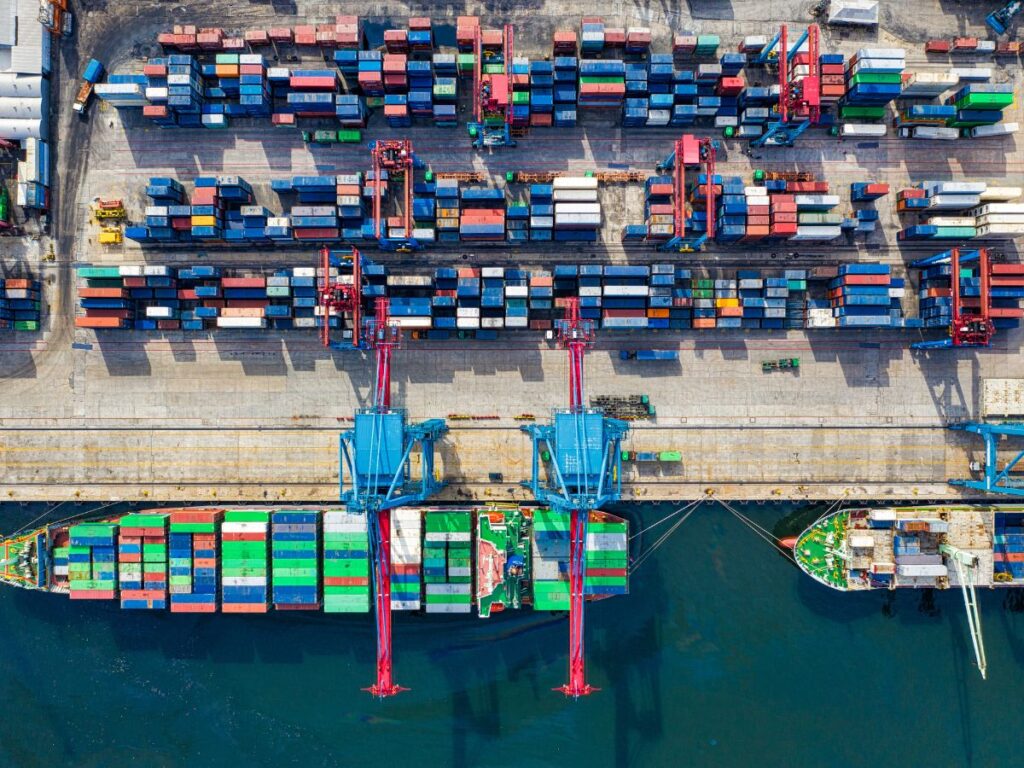
9. Perform Quality Inspection Before Shipping
Once your products are packed and ready to ship, it’s tempting to approve the order and move on. But skipping final inspection is a risk you should not take. Returns and replacements are difficult, time-consuming, and costly once the goods leave China.
Here are some steps to help you check product quality before your order leaves the factory:
How to Inspect
Hiring a third-party inspection agency is the most reliable option. Companies like QIMA, SGS, or TUV can visit the factory, follow your inspection checklist, and give you a full report with photos and pass/fail results. They usually charge a flat rate per visit and offer same-day feedback. This is a good choice if you’re overseas and can’t visit in person.
Another option is to ask your supplier to provide a detailed inspection report. This should include videos and close-up images of the finished products, labels, cartons, and packaging materials. Be specific about what you want to see and request proof that random units were checked, not just one sample.
What to Check
- Packaging Condition: Look for scratches, dents, and whether the seals or outer boxes are clean and properly assembled.
- Label Accuracy: Make sure product names, net weight, ingredients, warnings, and logos are correct and readable.
- Carton Content: Check that each box contains the correct number of units and that nothing is missing.
- Product Safety: Look for leakage, broken caps, smudged printing, or cracked mirrors in palettes. These small details can ruin your customer’s experience.
10. Calculate Import Costs and Duty
Once your order is ready to ship, the last step before launch is calculating the full cost of getting your products into the country. Many new importers forget to factor in shipping, duties, and handling fees, which can lead to smaller profit margins than expected.
Here are the main items to include in your calculation:
Product Cost and Packaging
Start with the base cost of your product, which should include the formula, packaging, labeling, and any labor fees from the factory. Make sure this quote also reflects any printing, inserts, or outer packaging if they are being done at the supplier’s site. Ask for a line-by-line breakdown so you don’t miss small charges that add up.
Shipping Fees
Whether you’re using express courier, air freight, or sea freight, shipping is a major part of your cost. Express is the fastest but most expensive. Air freight balances speed and cost, while sea freight is the cheapest for large orders. Get quotes in advance from your freight forwarder and factor in destination fees like port handling or customs inspection.
Import Duties and Tariffs
Every country has different rules for cosmetics. Some charge a percentage of the product value, while others add based on category or ingredient type. You can check your country’s customs website or ask your broker to help you estimate these charges.
Taxes and Fees
Depending on your country, you may also need to pay VAT (Value-Added Tax) or GST (Goods and Services Tax). Don’t forget small costs like documentation handling, customs filing, or import licenses if required.
Use an import duty calculator or ask your freight forwarder for a full landed cost estimate. It’s the most accurate way to know what you’ll pay from start to finish and it helps you protect your margins before you start selling.
Conclusion
Importing cosmetics from China can feel like a maze at first. But once you understand the steps from choosing a supplier to clearing customs it becomes easier to manage.
I made mistakes early on, but those lessons helped me build a stronger business.
Now, you have the full process in front of you. Use it. Take your time, ask questions, and don’t rush into orders.
Ready to move forward with a manufacturer that knows what it takes? TY Cosmetic can help. Contact us today and let’s make your product real.
More Guides and Tips to Explore
For more helpful content, explore our collection of recommended reads:
Still haven’t found what you’re looking for? Don’t hesitate to contact us. We’re available around the clock to assist you.


